Five
CHURCHES
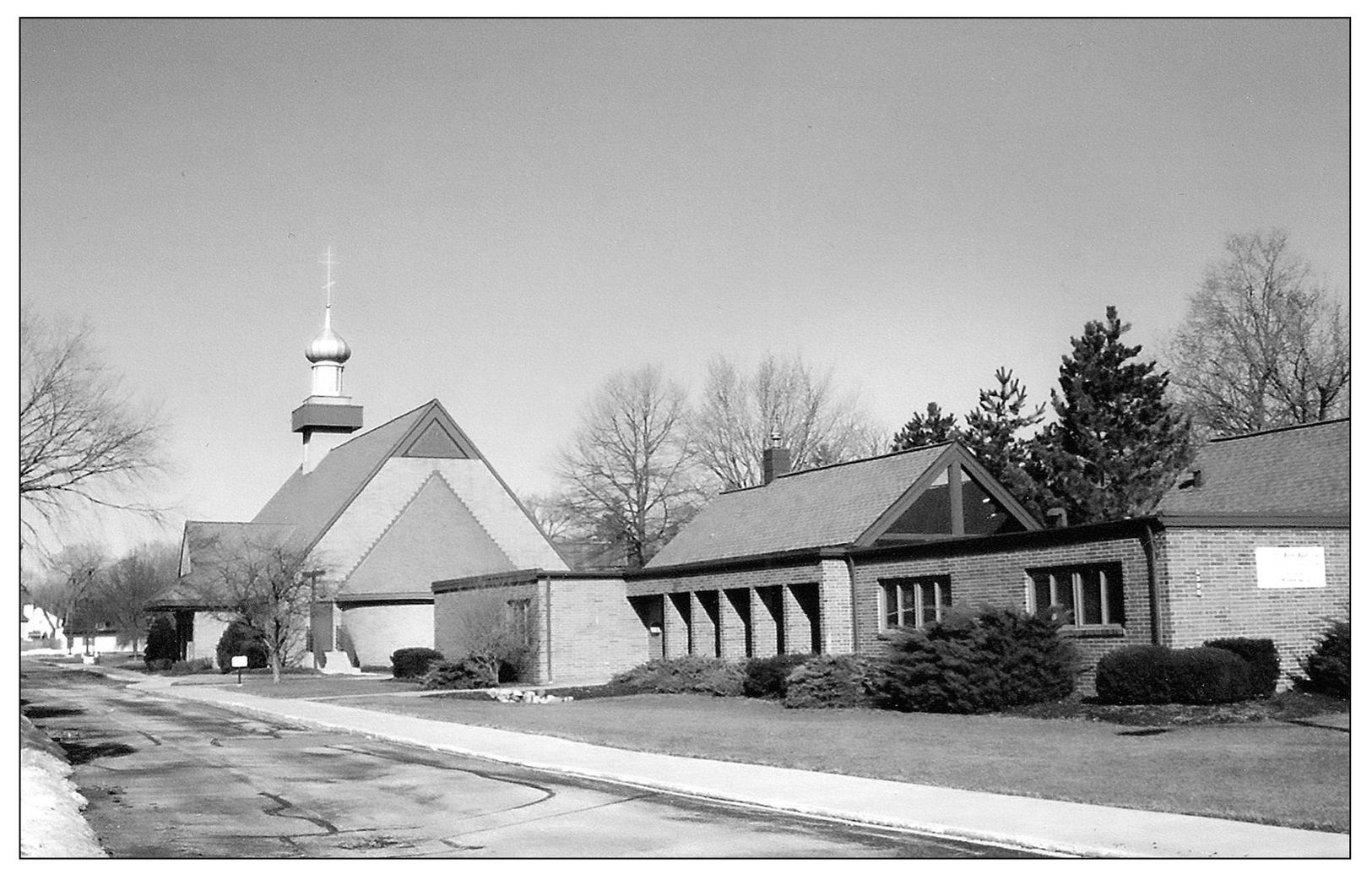
St. Mary Magdalene Byzantine Catholic Church does not take up a lot of frontage on West 220th Street, so it might not catch one’s attention when driving by. But the facility is long and reaches back into the parking lot. Between its organization in 1966 and the new church in 1993, a beautiful, modern facility evolved with a couple large meeting rooms as well as the church itself. Before building began in 1969, services were held in either nearby Parkview Elementary School or the brick house on the property that was made into a rectory. (St. Mary Magdalene Byzantine Catholic Church.)
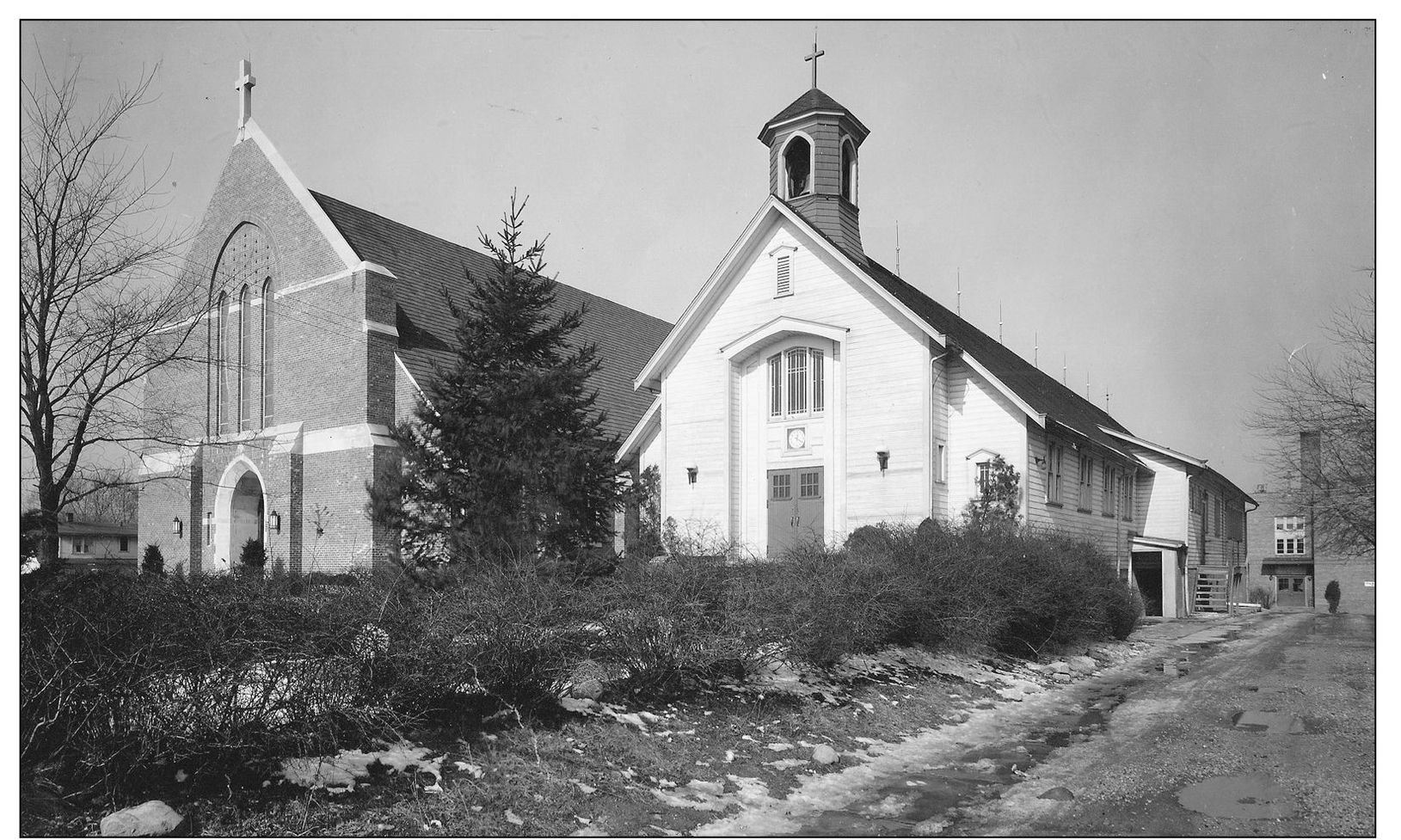
The original 1923 St. Angela Merici remained standing until the new church was completed in 1948. The entire building was then hauled to the side, opening a main driveway back to the school. For almost 40 years, the old church was used as a convent until it became the administrative center in 1988. These two buildings show how much the area was growing. This was also reflected in other area churches that expanded in the 1940s, despite limitations of the Depression and war years. (St. Angela Merici.)
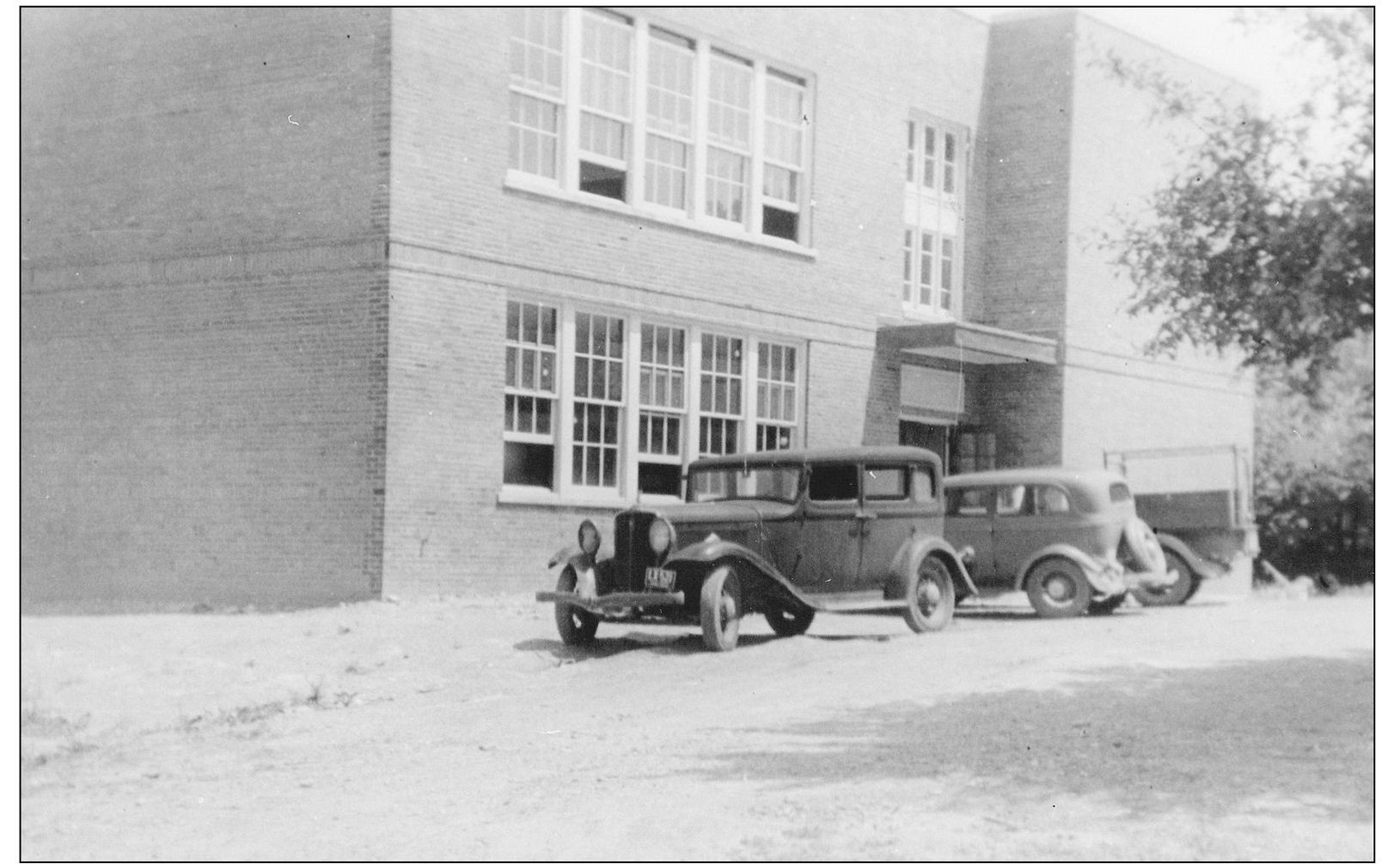
While the other end of St. Angela’s School expanded over the years, the south side of the building in the early 1940s looks the same, except of course for the look of the automobiles. (St. Angela Merici.)
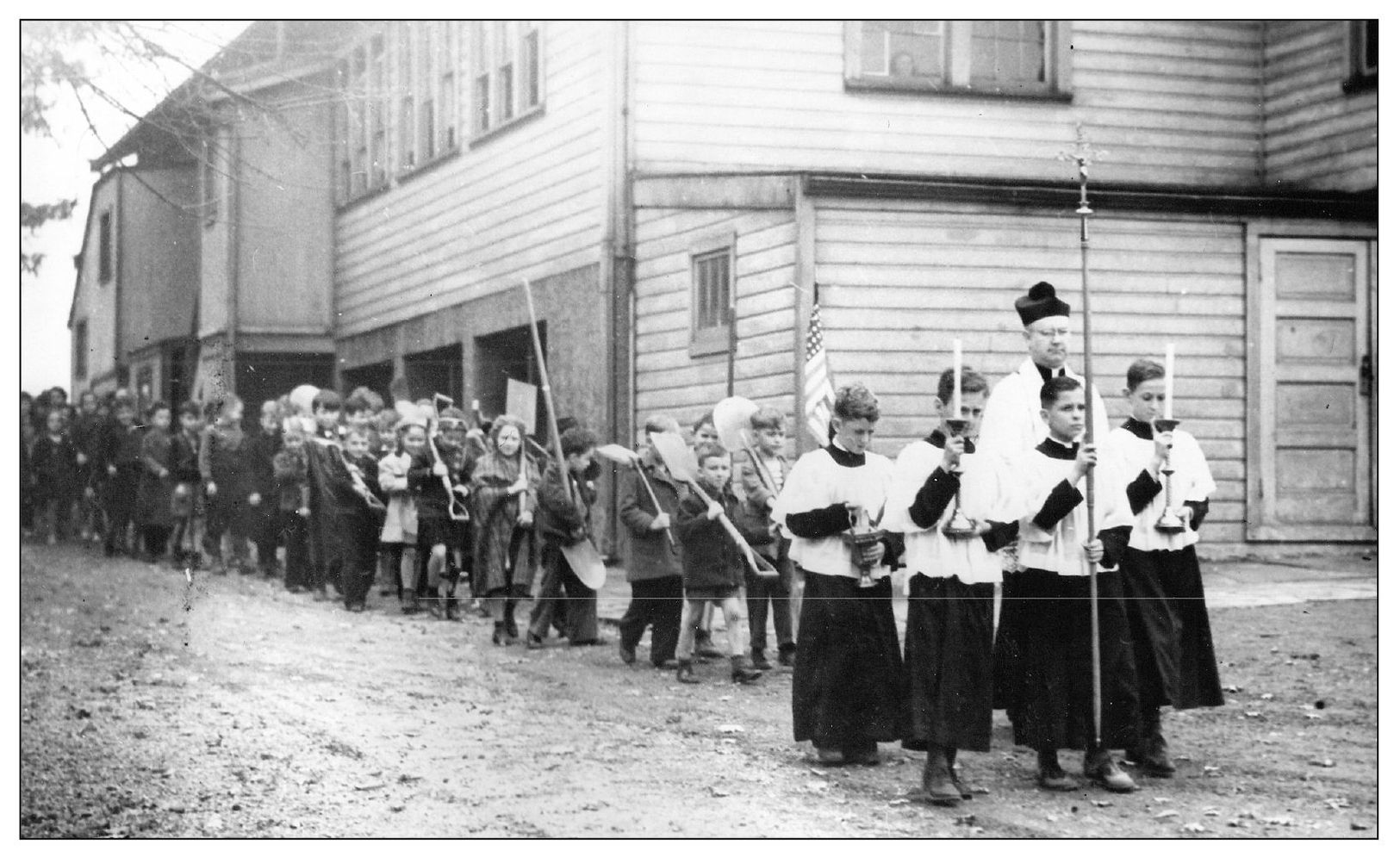
Perhaps the biggest driving force to establishing St. Angela’s School in 1923 was providing a strong Catholic education for the children. Classes were conducted in the church when it first opened, but in 1939, ground was broken on a six-room school building north of the church, which expanded over the years. Fr. Michael Stevenson, who served from 1937 to 1954, leads parish children to the groundbreaking site. (St. Angela Merici.)
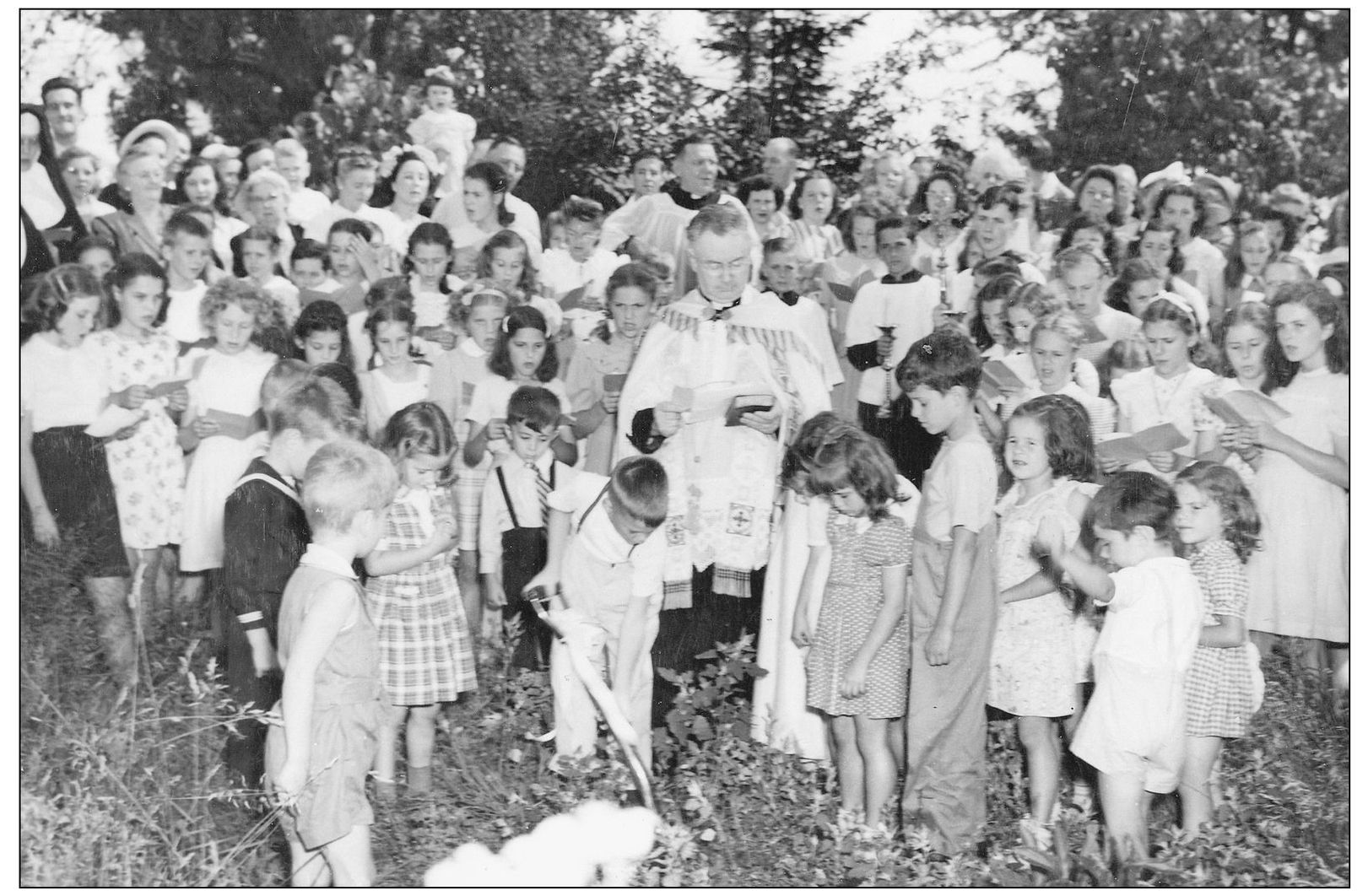
Stevenson usually involved children in activities, presumably to leave them with memories. In October 1939, first graders were chosen to break ground on the building that was dedicated two years later on September 4, 1941. (St. Angela Merici.)
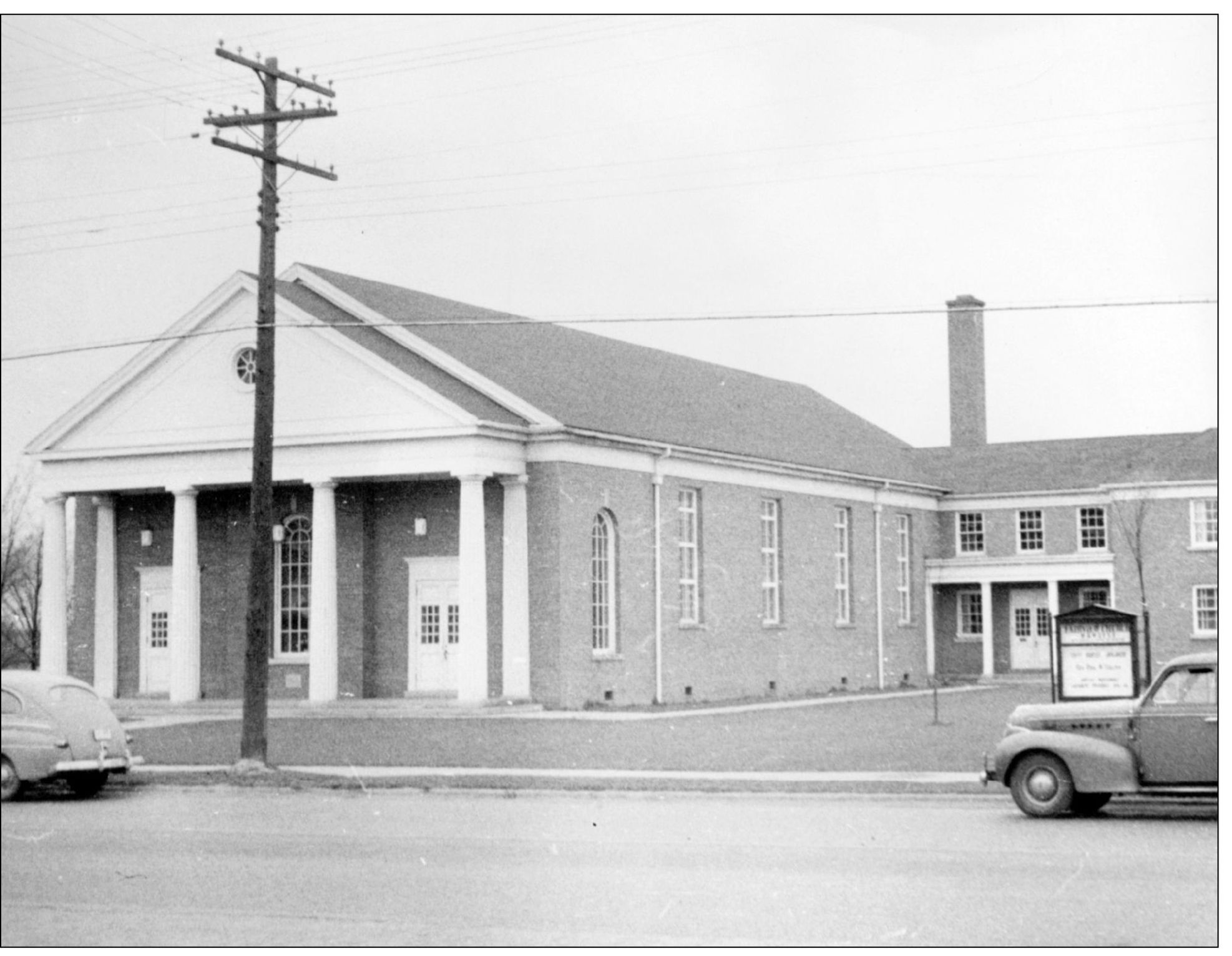
Although it did not get a steeple until 1960, a Baptist church that changed names a few times opened in 1943. Originally meeting in the town hall (as St. Angela’s had to some 20 years earlier) then across the street at Garnett School, it started as the nondenominational Fairview Christian Union Church on January 27, 1924. It became Fairview Baptist Church in 1968, then Fairview Community Church in the mid-1980s. (Cleveland Public Library.)
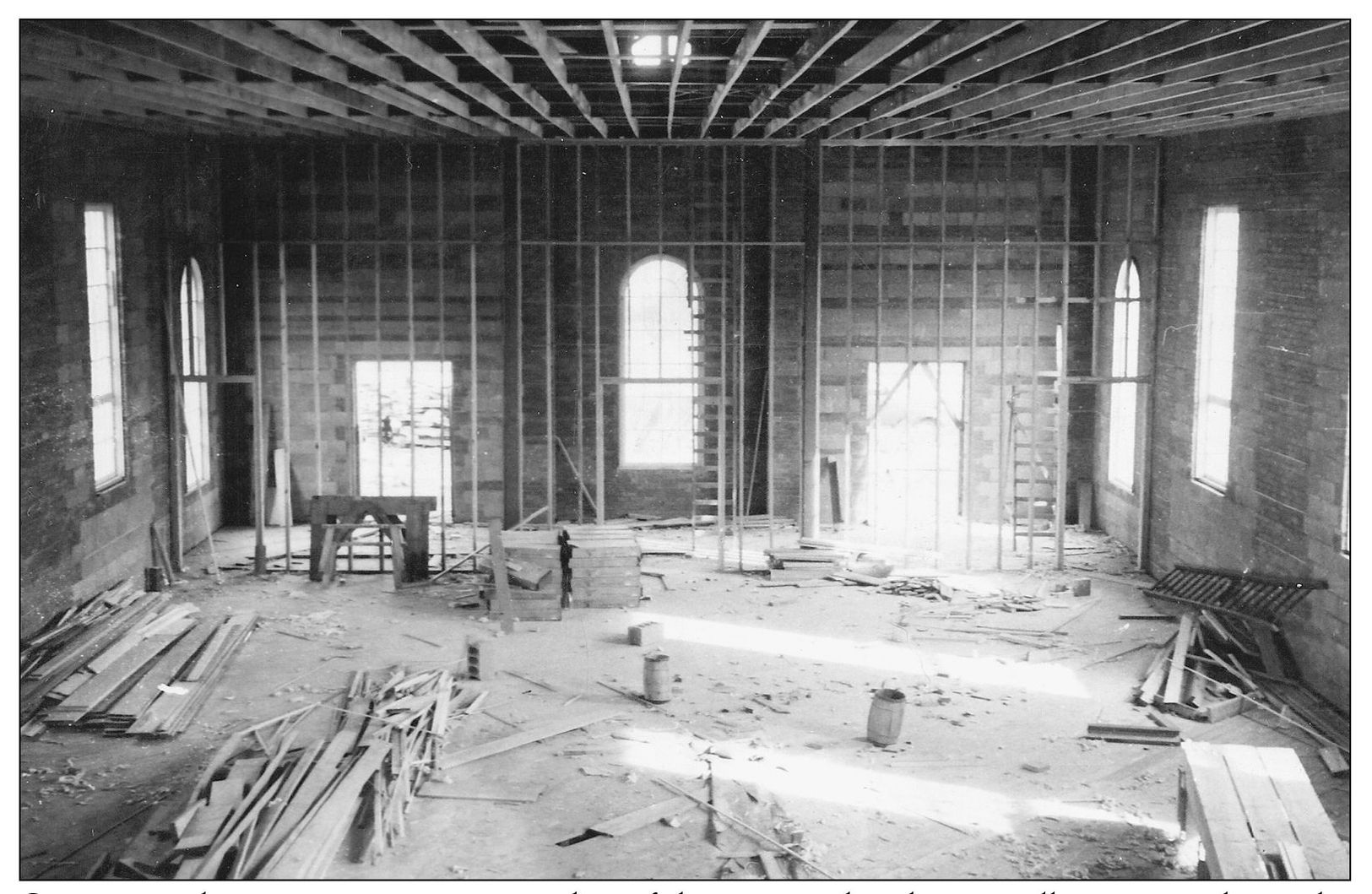
Comparing this picture to an exterior shot of the Baptist church, one will recognize this is the front door from the inside. It is the winter of 1942–1943. (Fairview Community Church.)
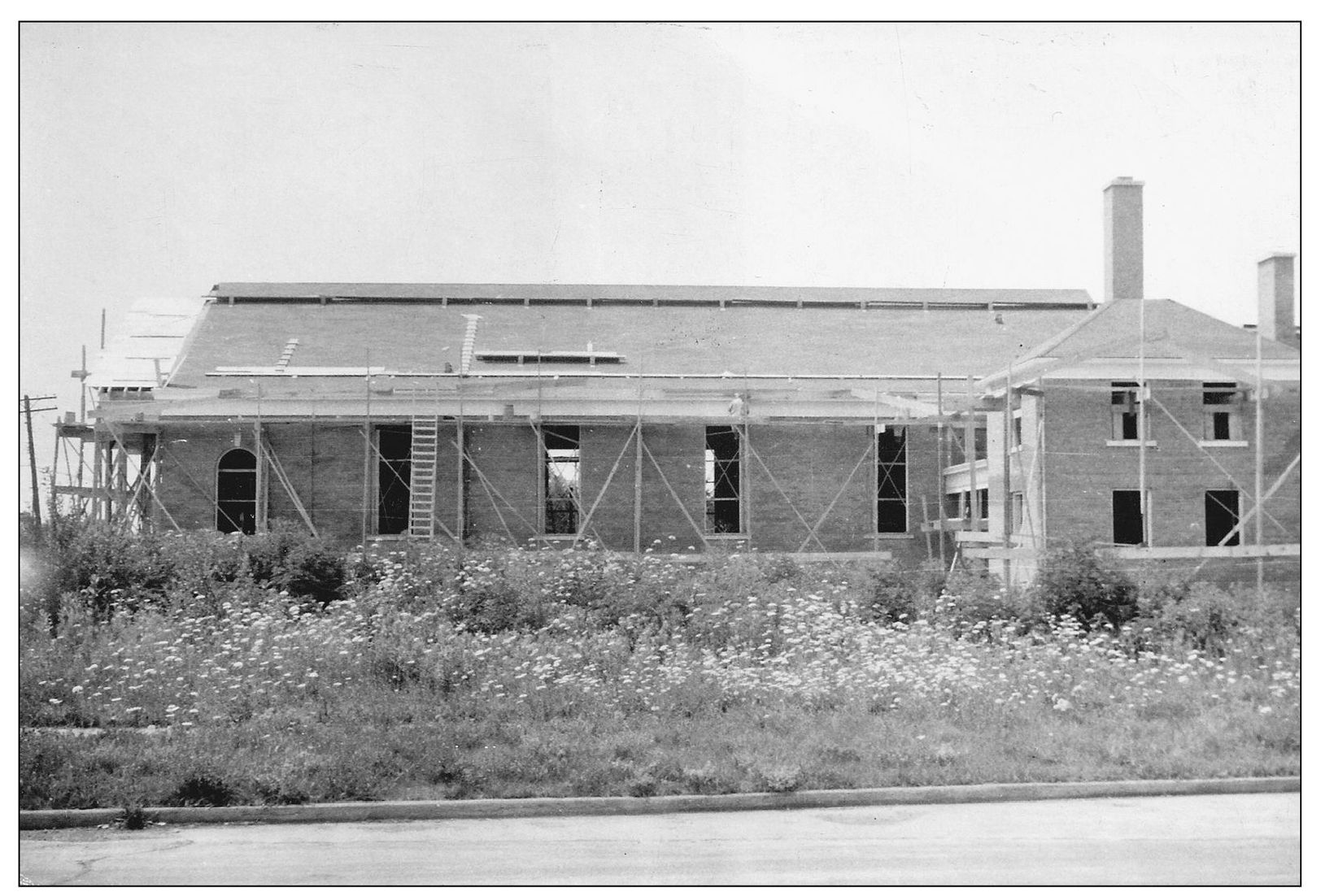
The familiar L-shaped building is being constructed in the fall of 1942. (Fairview Community Church.)
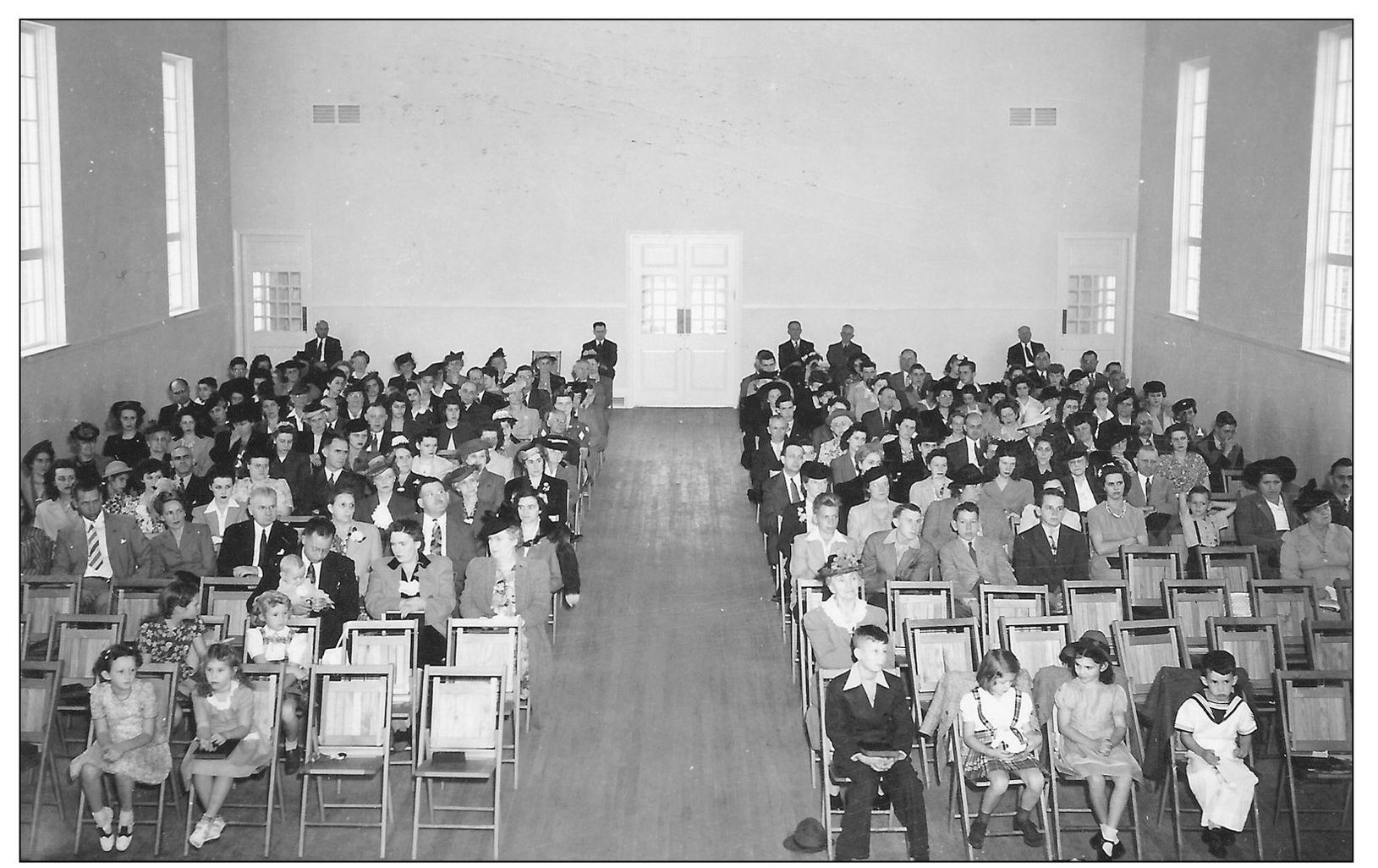
This is an early interior shot from 1944 of what was later named Fairview Community Church. (Fairview Community Church.)
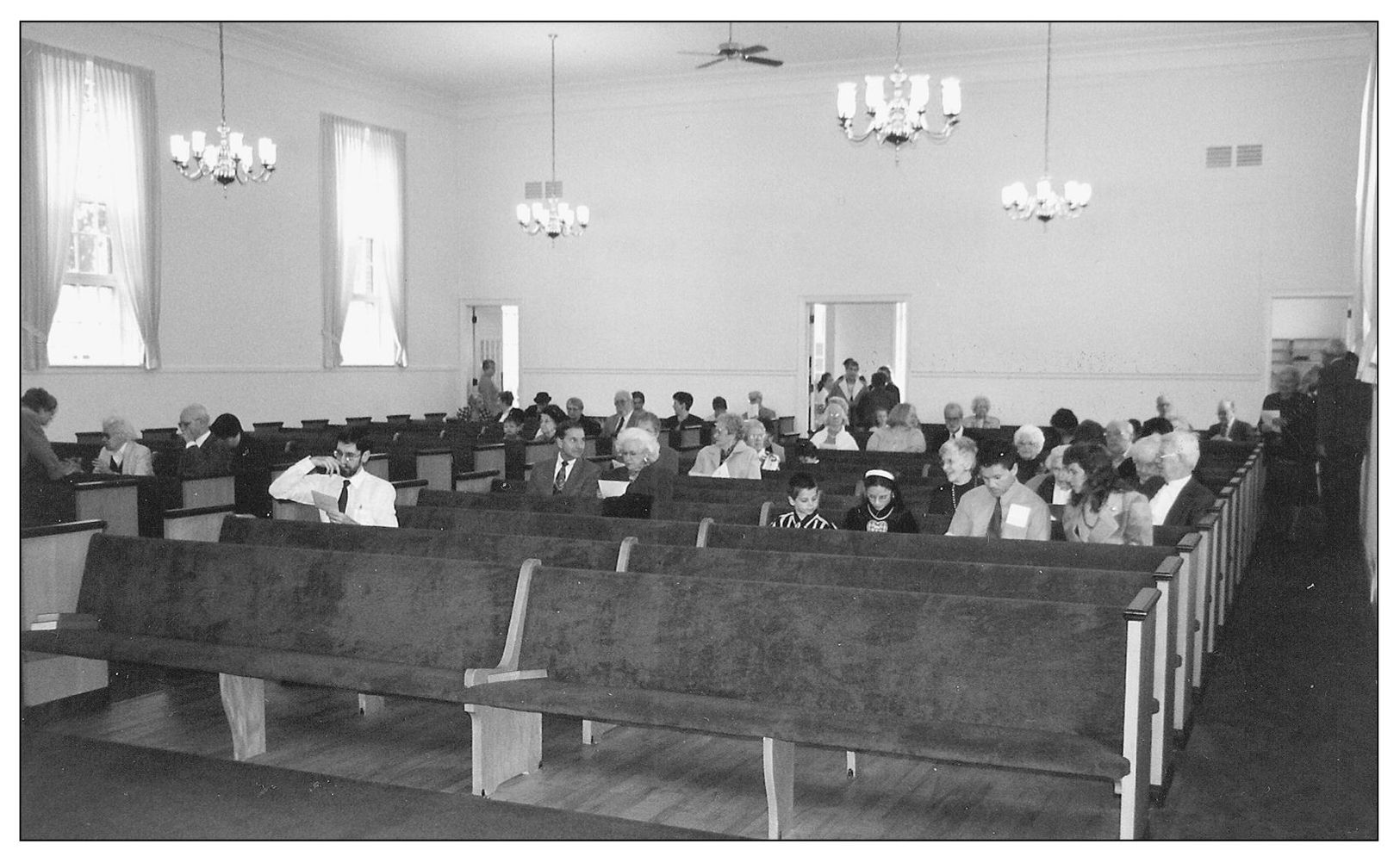
Not much changed in 50 years, other than the seating. Here is the same interior in 1998. (Fairview Community Church.)
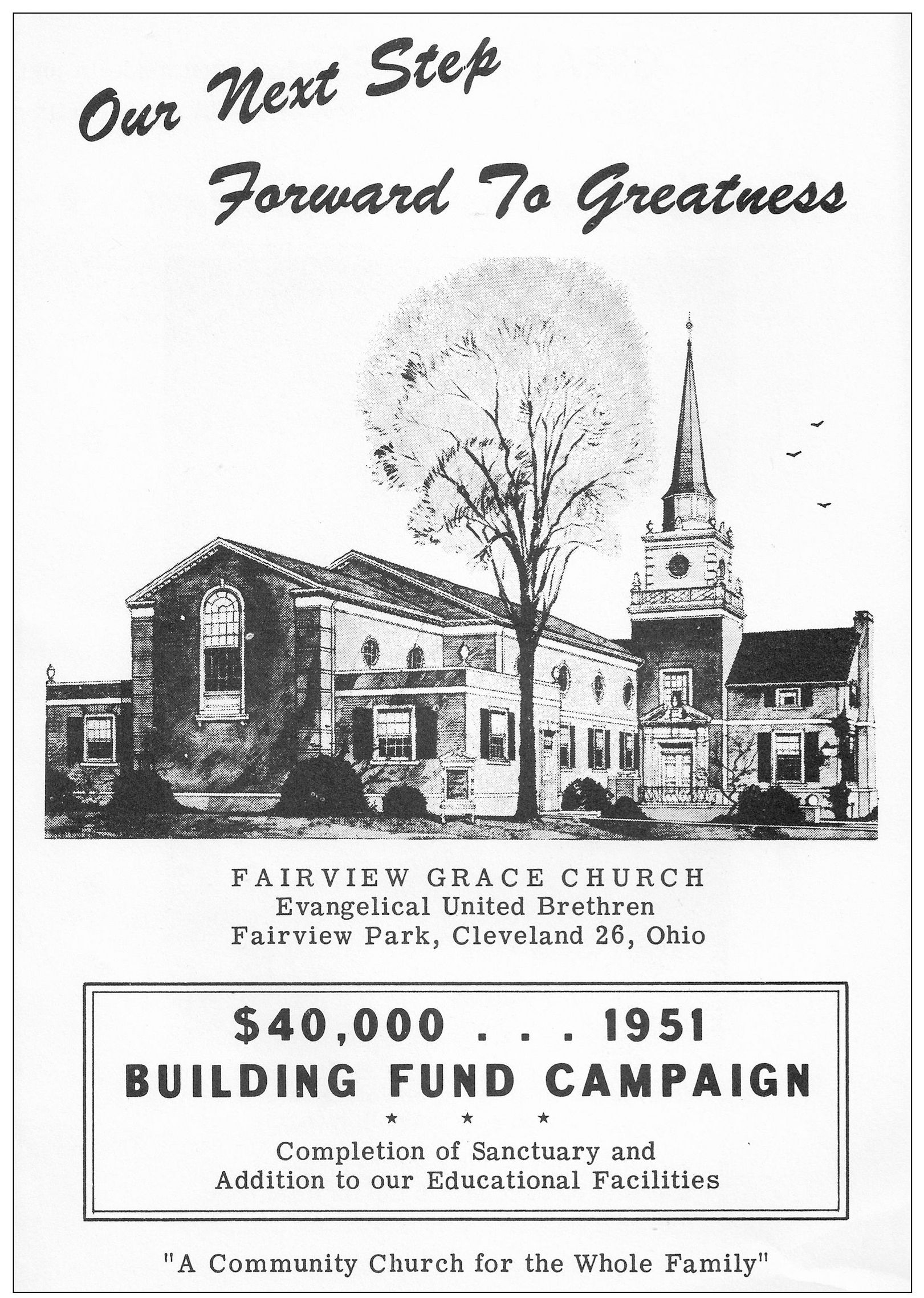
This drawing of the completed Grace Church was not fully realized until 1957, but they were determined to raise what now seems like a very modest $40,000. (Grace United Methodist Church.)
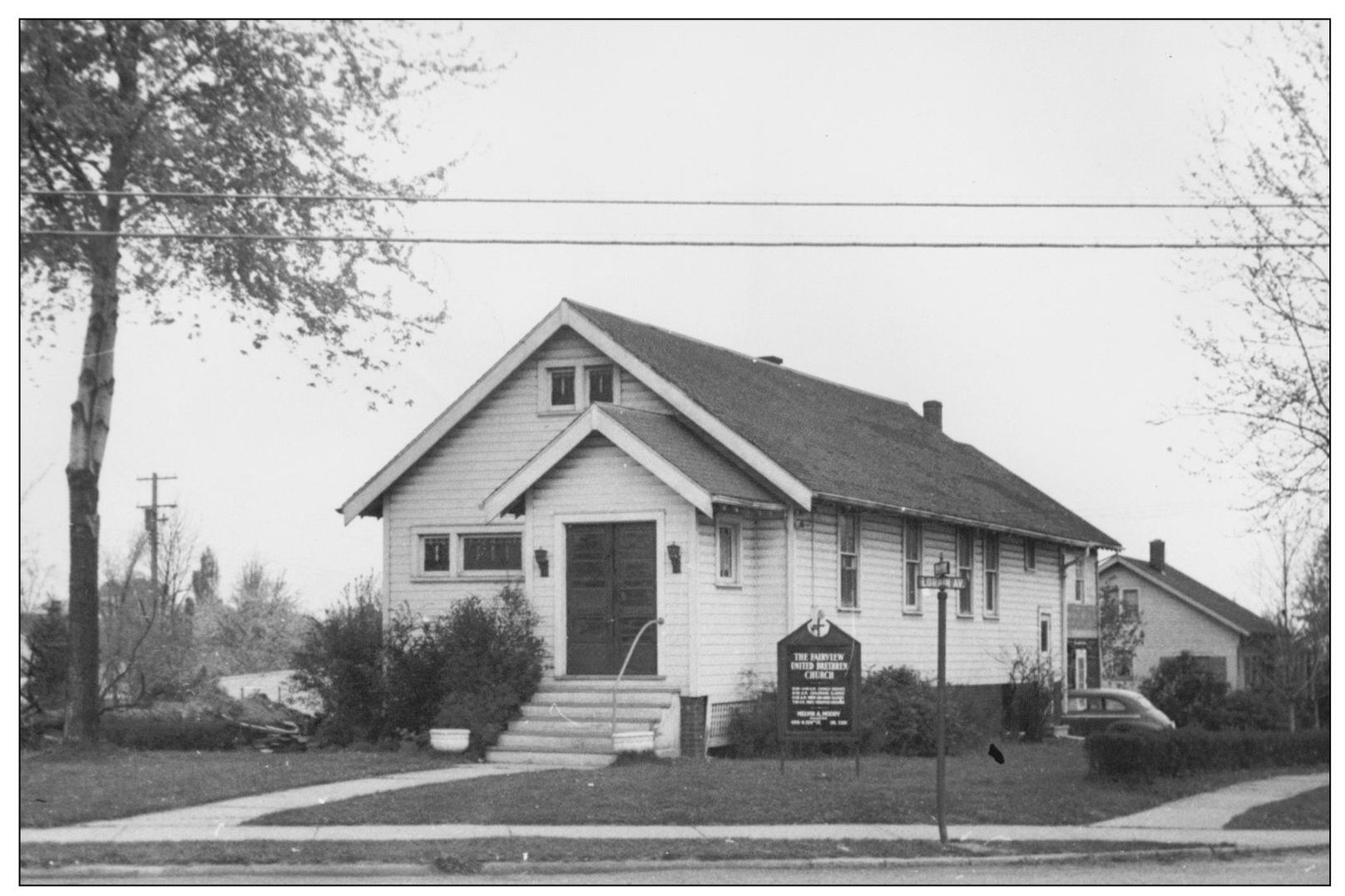
The Lutherans first built this church in 1919 at Lorain Road and West 224th Street but soon had to leave it for financial reasons. It became the Grace United Brethren Church in 1939 before the Brethrens merged with the Methodists. (Cleveland Public Library.)
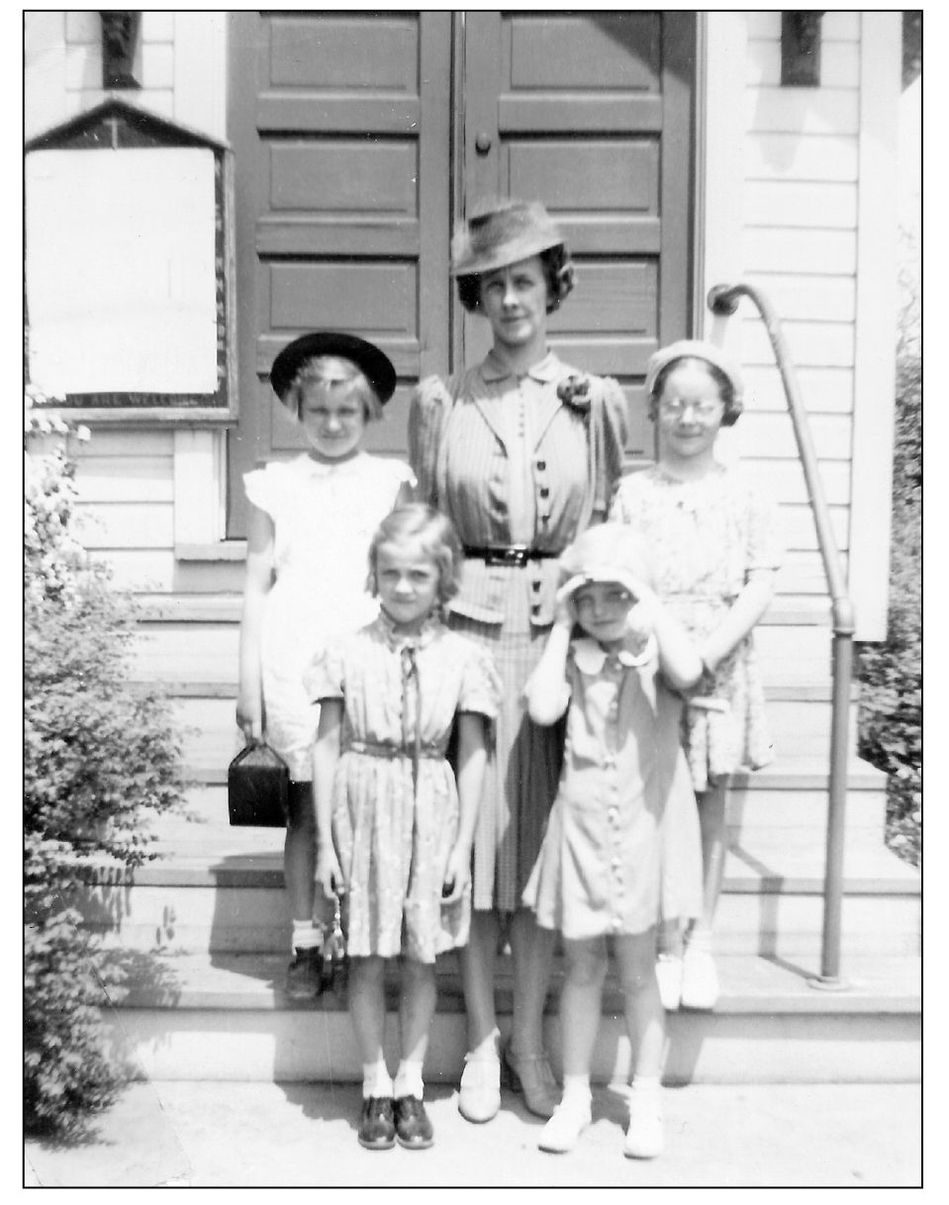
This family stands outside what was the Grace United Brethren Church in 1939. In 1948, a brand new church opened at this location. And 20 years after that, the national Brethren and Methodist churches merged, making this the Fairview Grace United Methodist Church in 1968. (Grace United Methodist Church.)
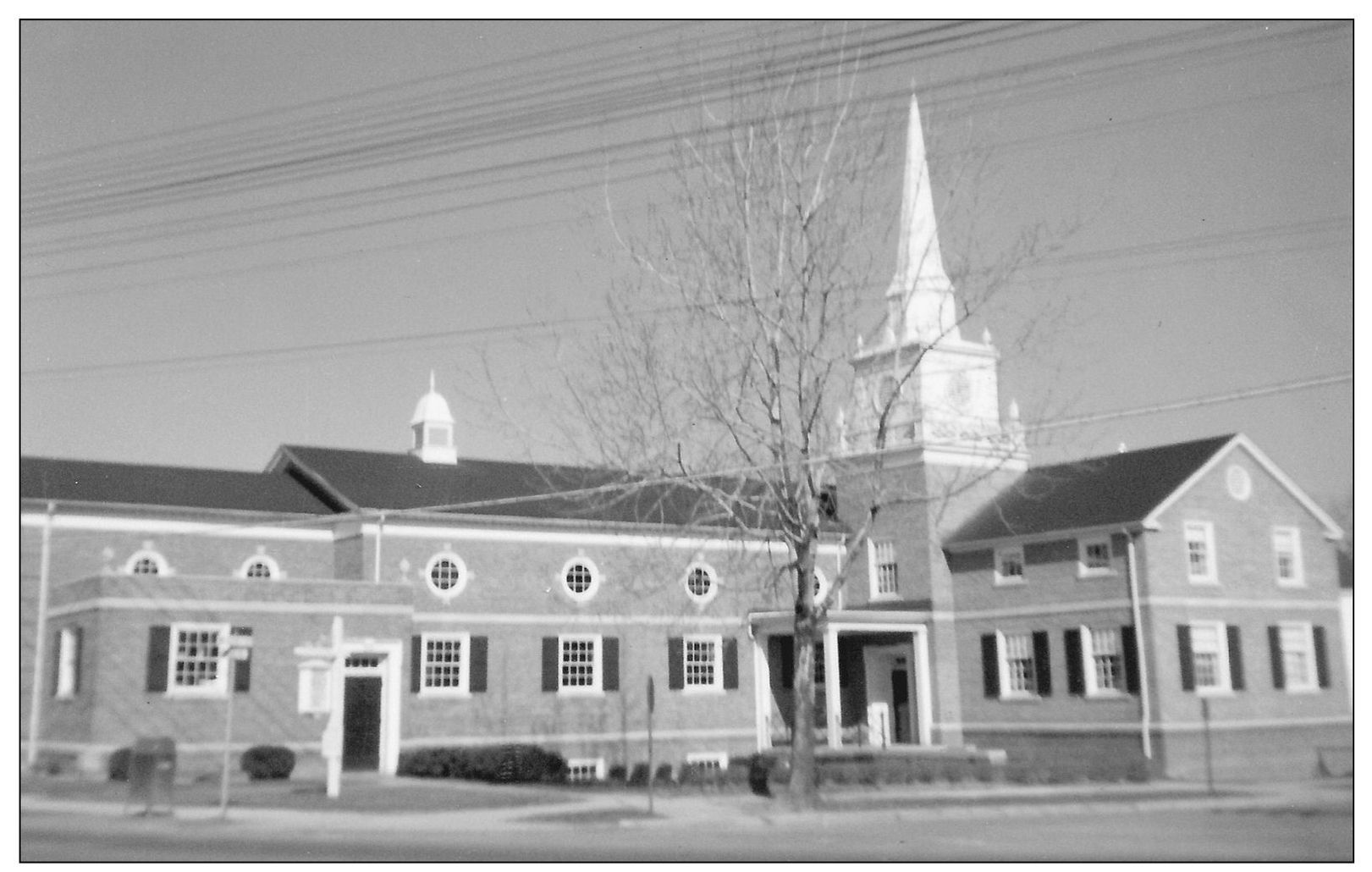
Grace, the church farthest west in Fairview Park, was built in three phases between 1948 and 1958. (Grace United Methodist Church.)
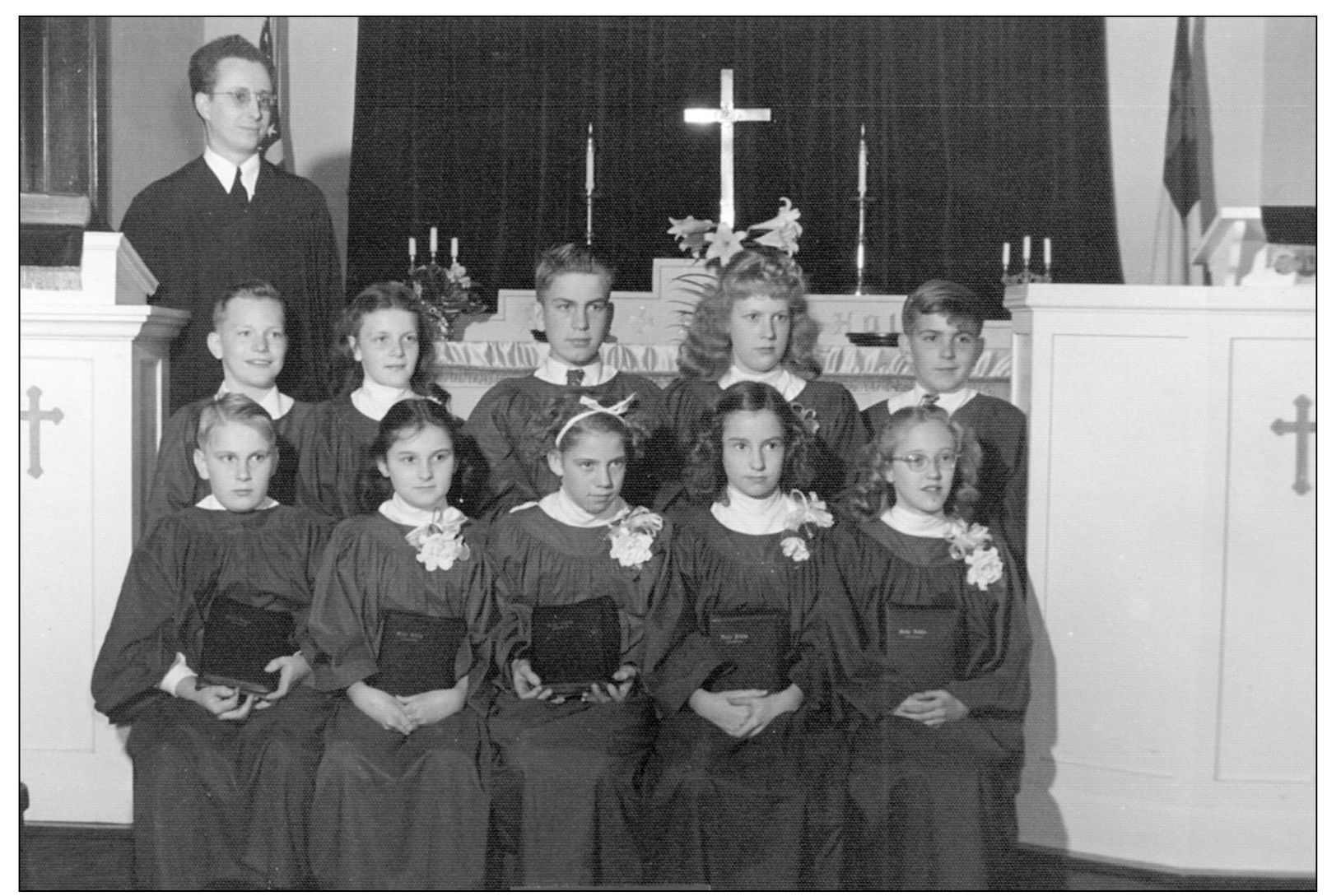
Here is the 1948 Grace Church confirmation class with Rev. Richard Rodes. From left to right are (first row) Clifford Bade, Jackie Allen, Marguerite Wessel, Carol Hartman, and Judy Gillam; (second row) Charles Morton, Carolyn Weihl, Ronald Bade, Carolyn Hammond, and Dick Kinkoph. (Grace United Methodist Church.)
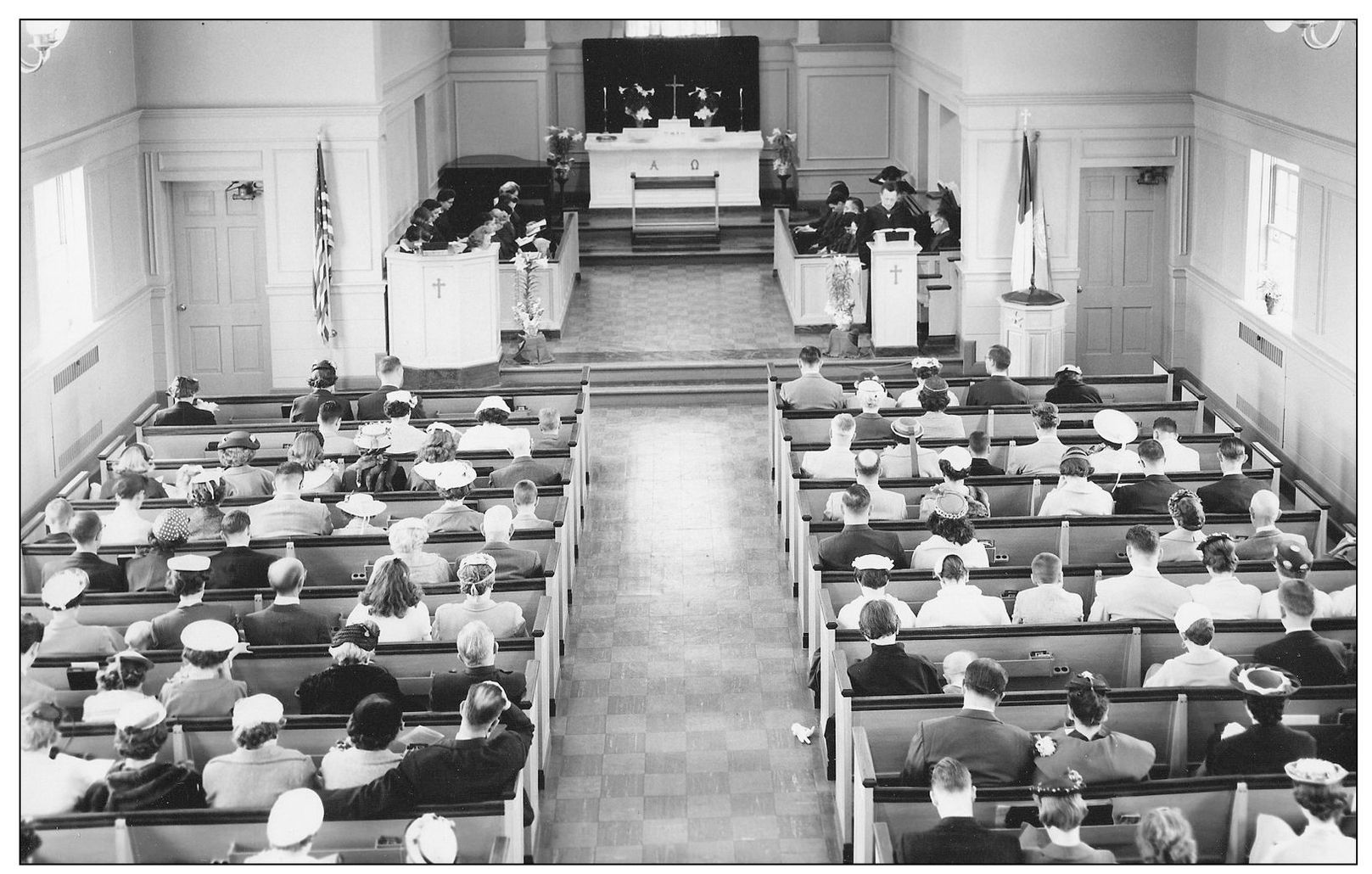
The new Grace Church chapel did not change much over the years from this mid-1950s photograph, except for the addition of stained-glass windows. (Grace United Methodist Church.)
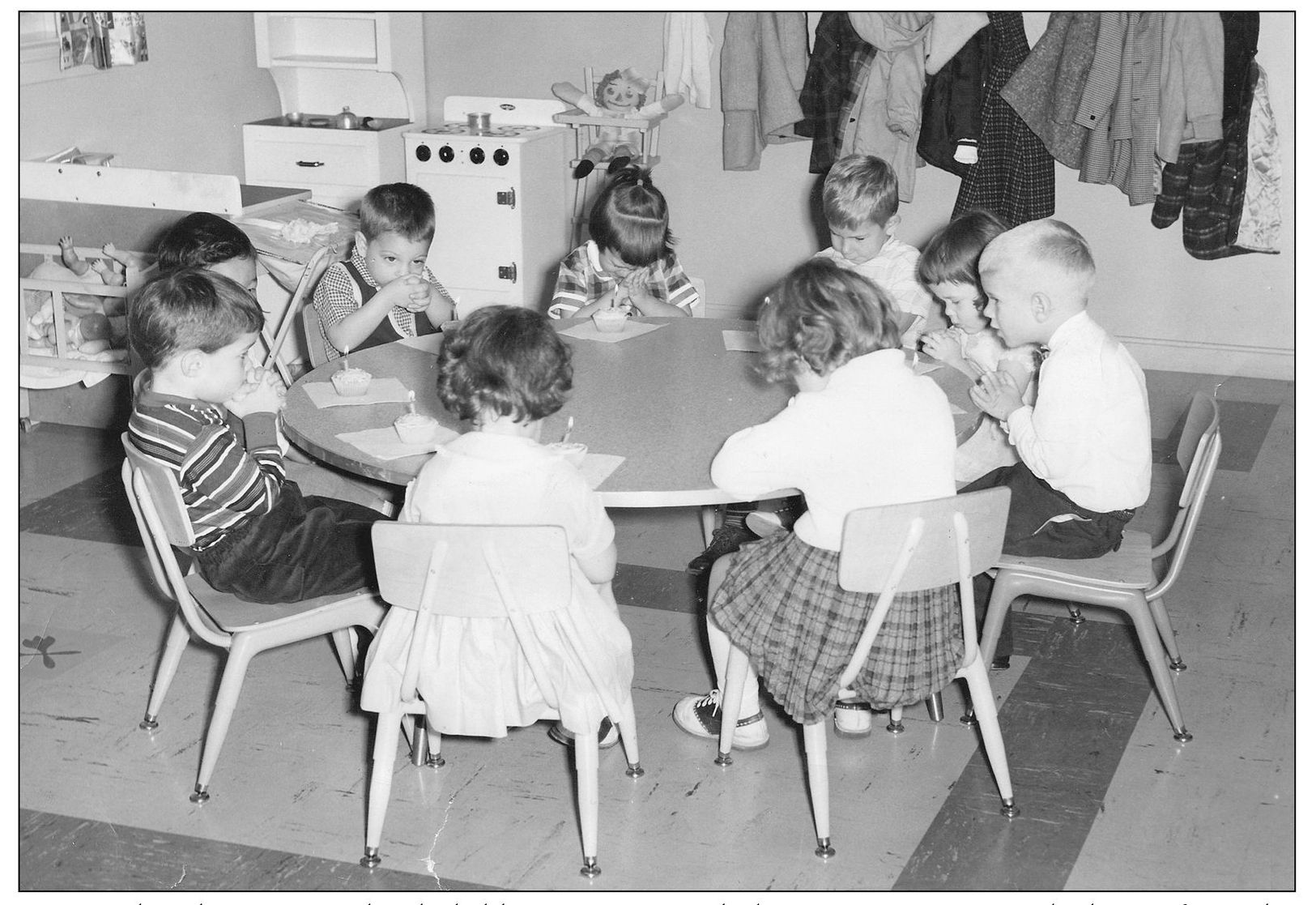
Grace Church nursery school children are pictured about 1960 or 1961. Clockwise from the lower left are Allen Hoffmeister, Tommy Ohmura (half hidden), Brian Herwick, Polly Crews, Danny Wenner, Carol Everett, Jeff Hutton, Debbie Shores, and Janet Wissmer. (Grace United Methodist Church.)
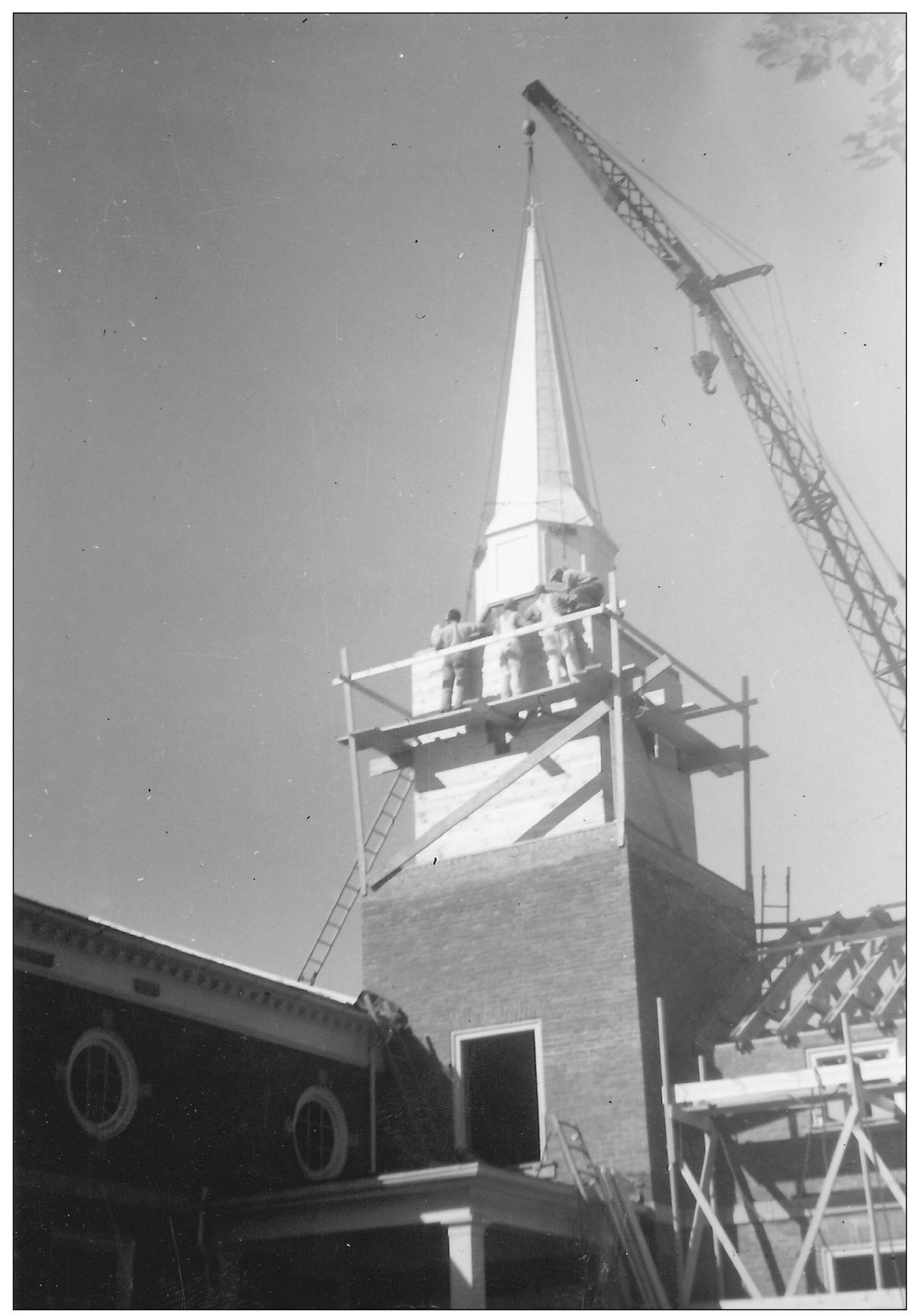
Congregants moved into the new Grace Church chapel in late 1949, but it was not complete until the steeple was finally hauled into place in the fall of 1957. (Grace United Methodist Church.)
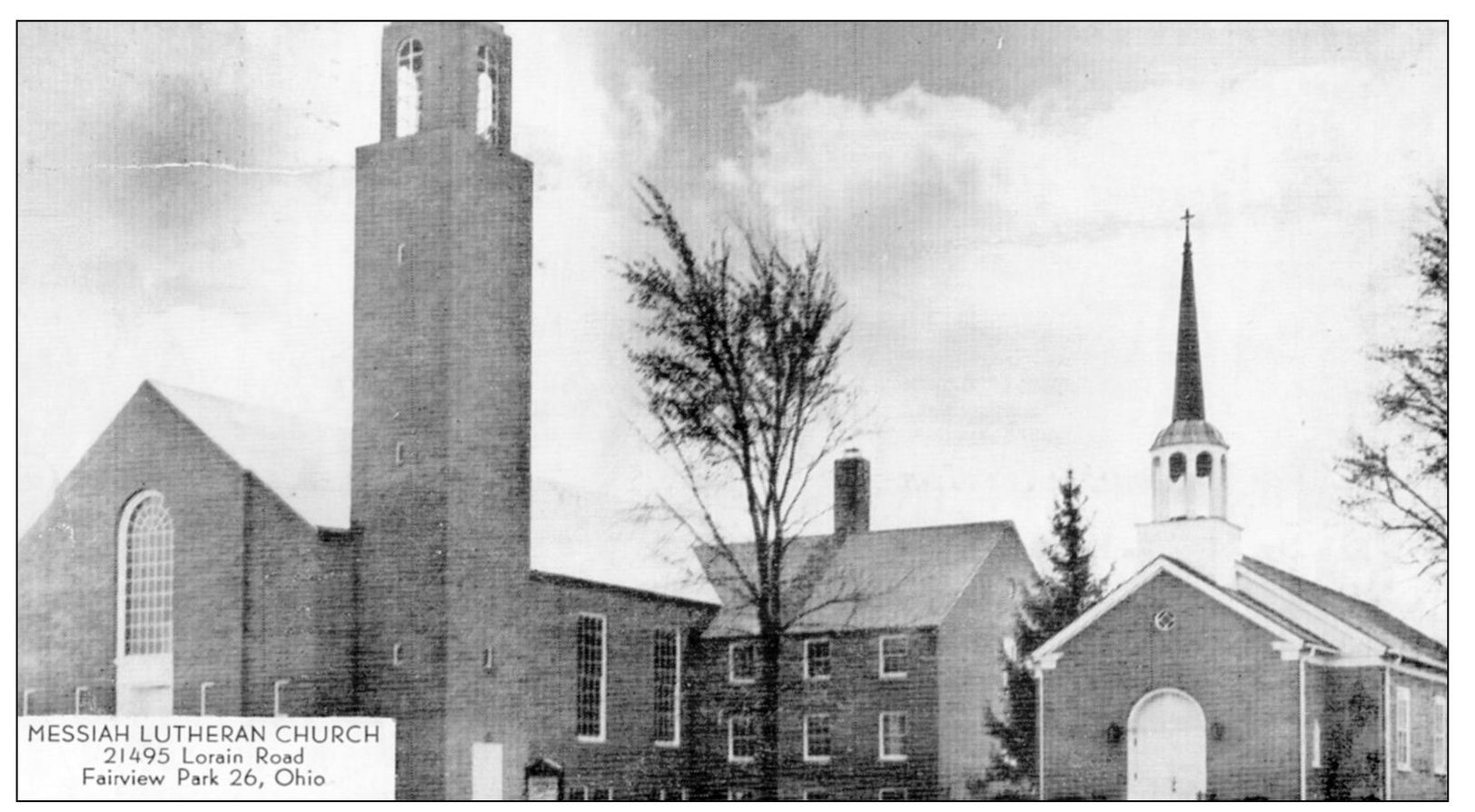
September 1929 services at Messiah Lutheran Church were held in the gymnasium of Gilles-Sweet School. Prior to that, the Luther Society of Fairview Village built a church at West 224th Street and Lorain Road, but due to financial problems, it was not there long. The building remained unused until Grace Church purchased it in the 1930s. The current facility at West 215th Street and Lorain Road opened in 1953, with a school for kindergarten through eighth grade following in 1954. (Gordon Kramp postcard collection.)
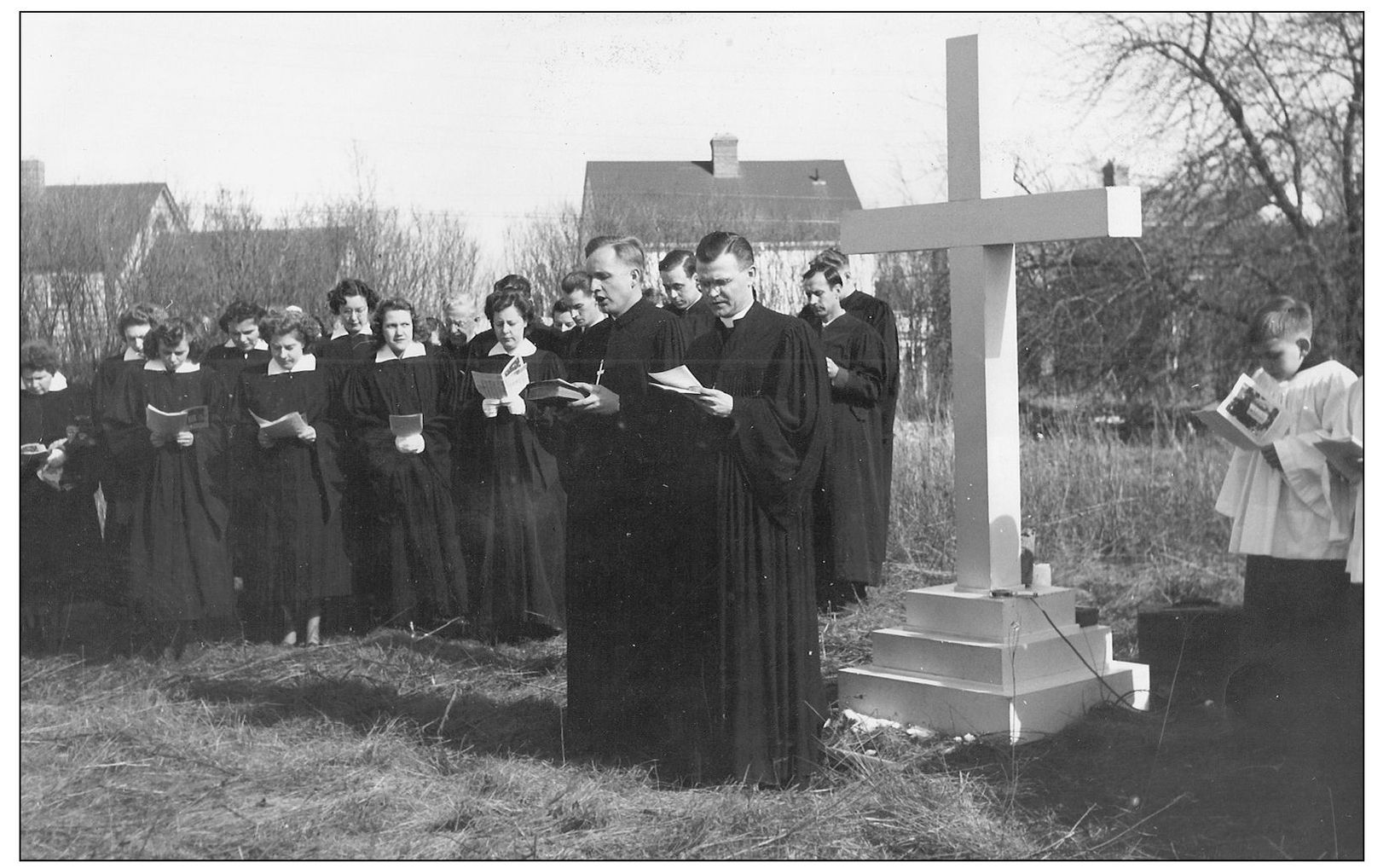
Pictured in 1948, Rev. Wilbert Fields (front right) of Chicago joins Rev. Frederick Kemper, Messiah’s second pastor from 1942 to 1957, in the groundbreaking ceremony of the current sanctuary. The first service of Messiah Lutheran was held at Gilles-Sweet School in 1929, as plans were made for the first chapel, which opened in 1936. After a few years, more room was needed, as the village population continued to grow. (Messiah Lutheran Church.)
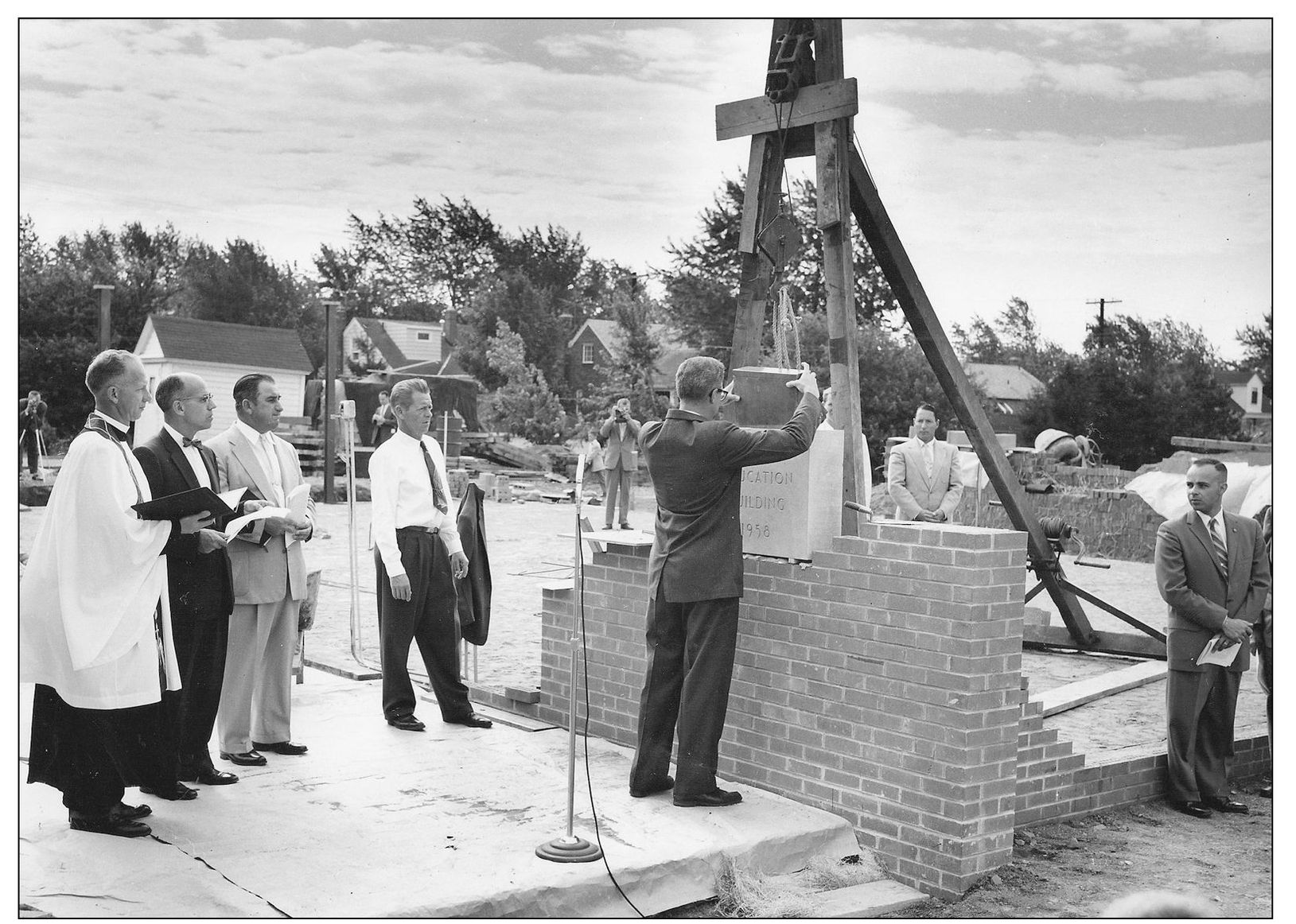
Even a very solid cornerstone has to originally be set into place like a jigsaw puzzle. (Messiah Lutheran Church.)
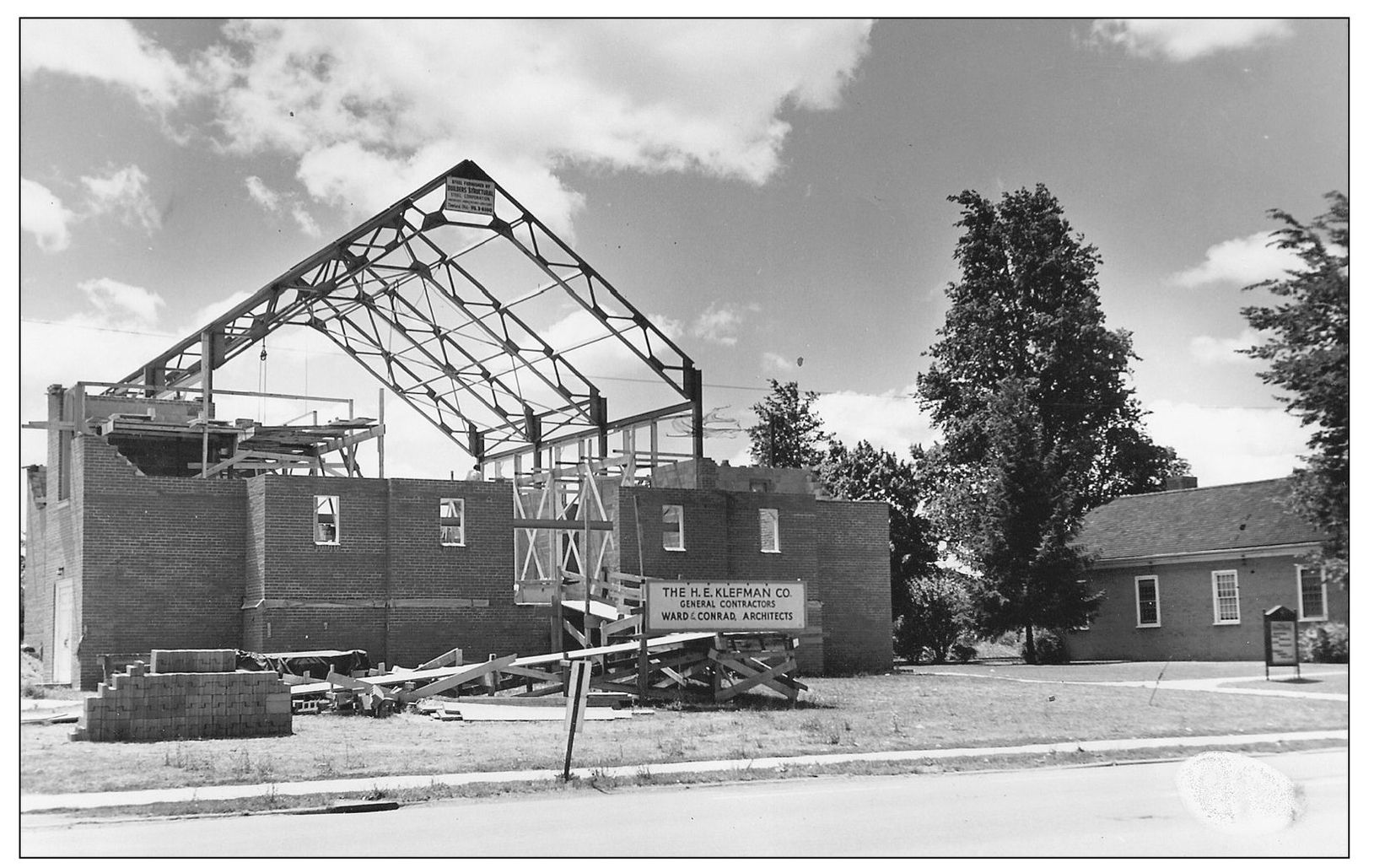
The roof of Messiah Lutheran, a prominent feature of this well-known building, was at one time so much like a skeleton that one could see the clouds through it. (Messiah Lutheran Church.)
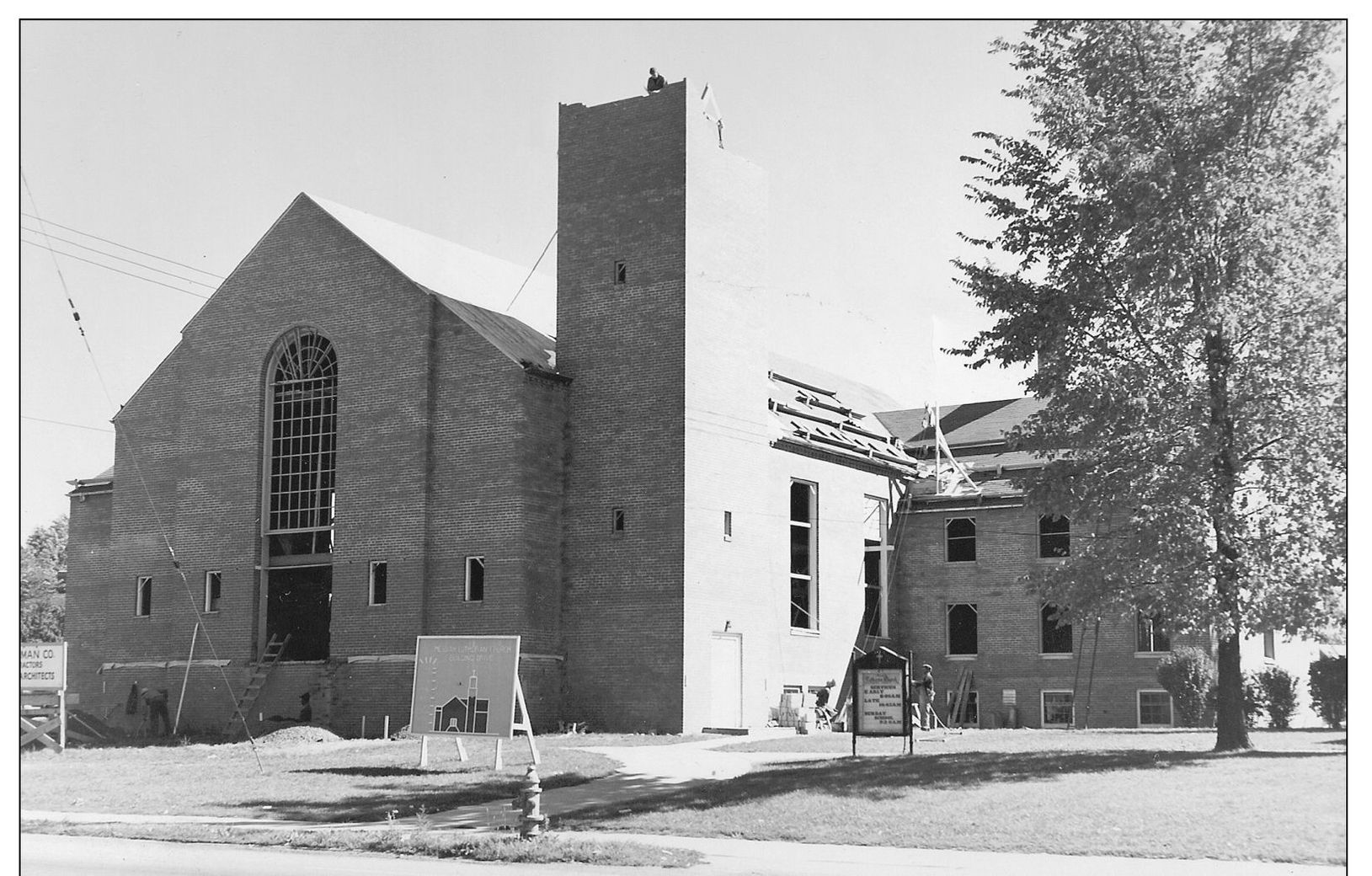
This photograph can be called the “pre-windows Messiah Lutheran,” for what is perhaps the most noticeably missing feature. (Messiah Lutheran Church.)
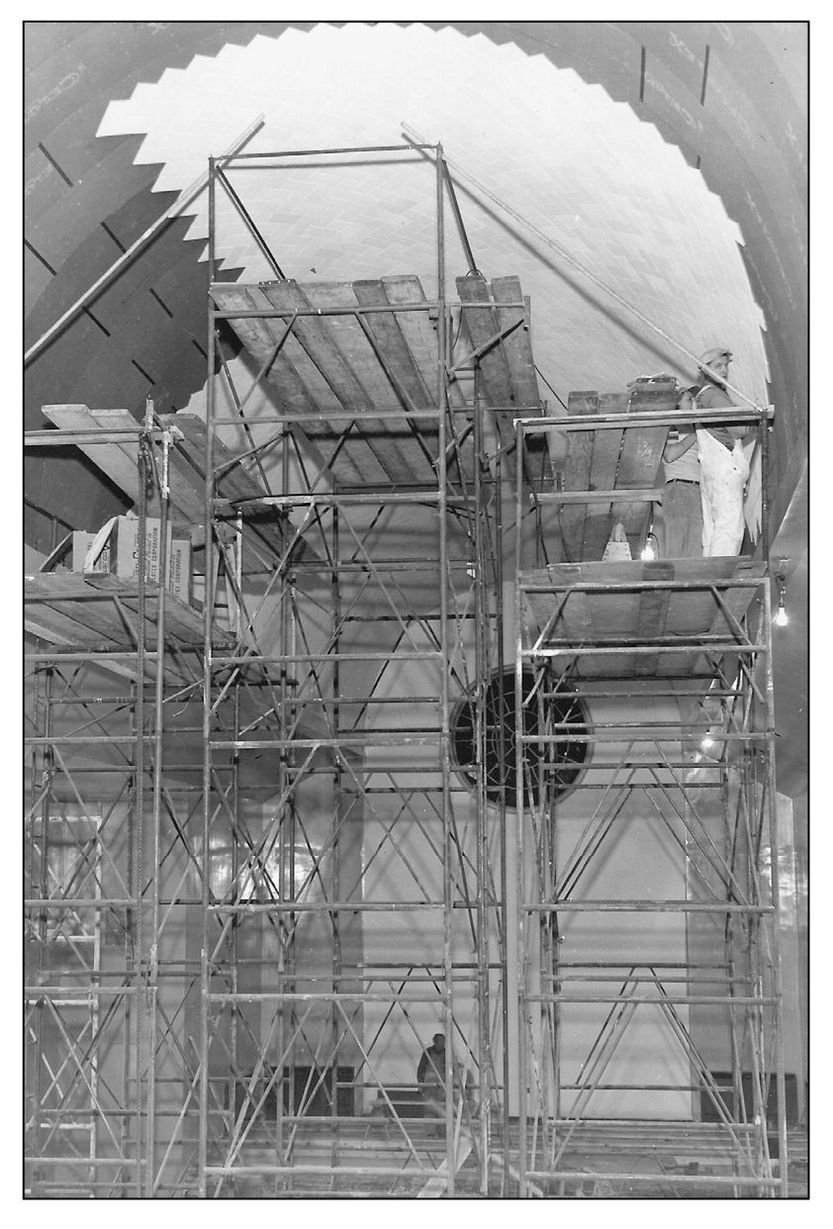
The interior of Messiah Lutheran’s chapel begins to take shape in 1953. (Messiah Lutheran Church.)
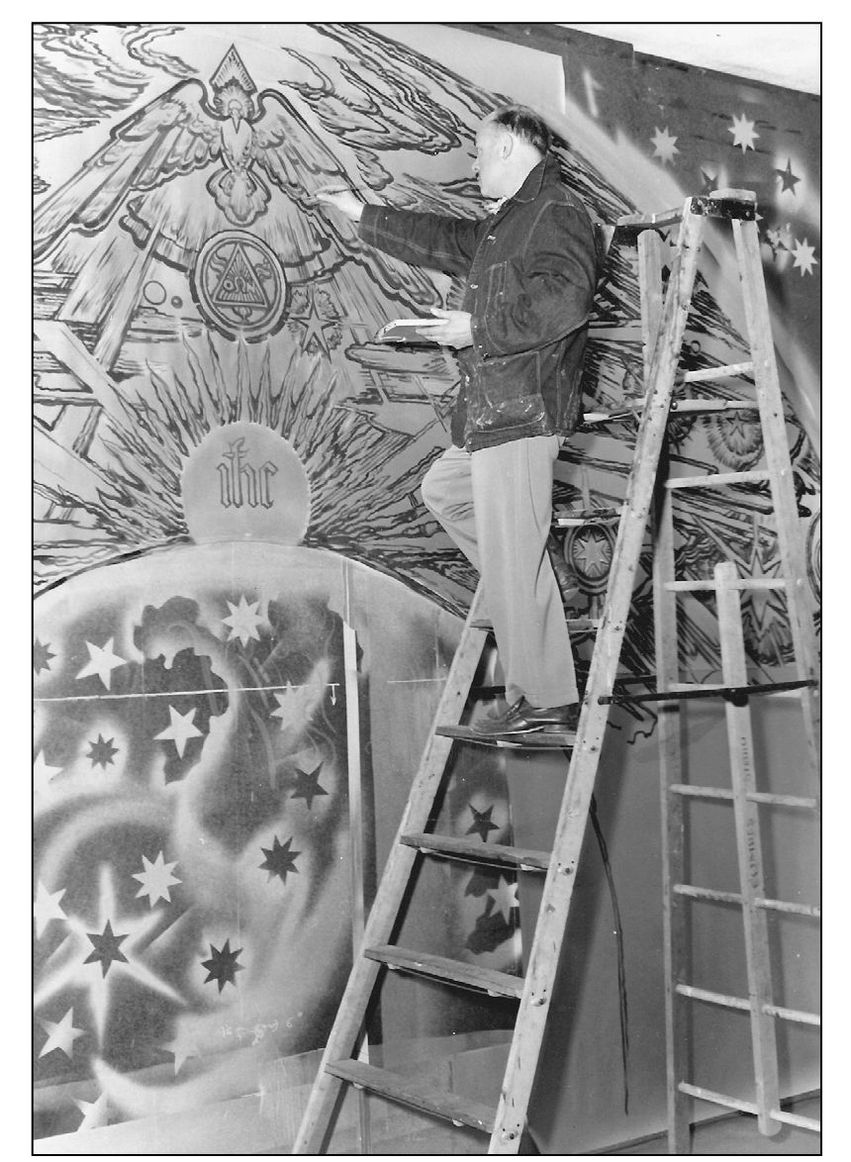
Artist Willard Combes creates the dynamic mural in Messiah Lutheran’s chapel. (Messiah Lutheran Church.)
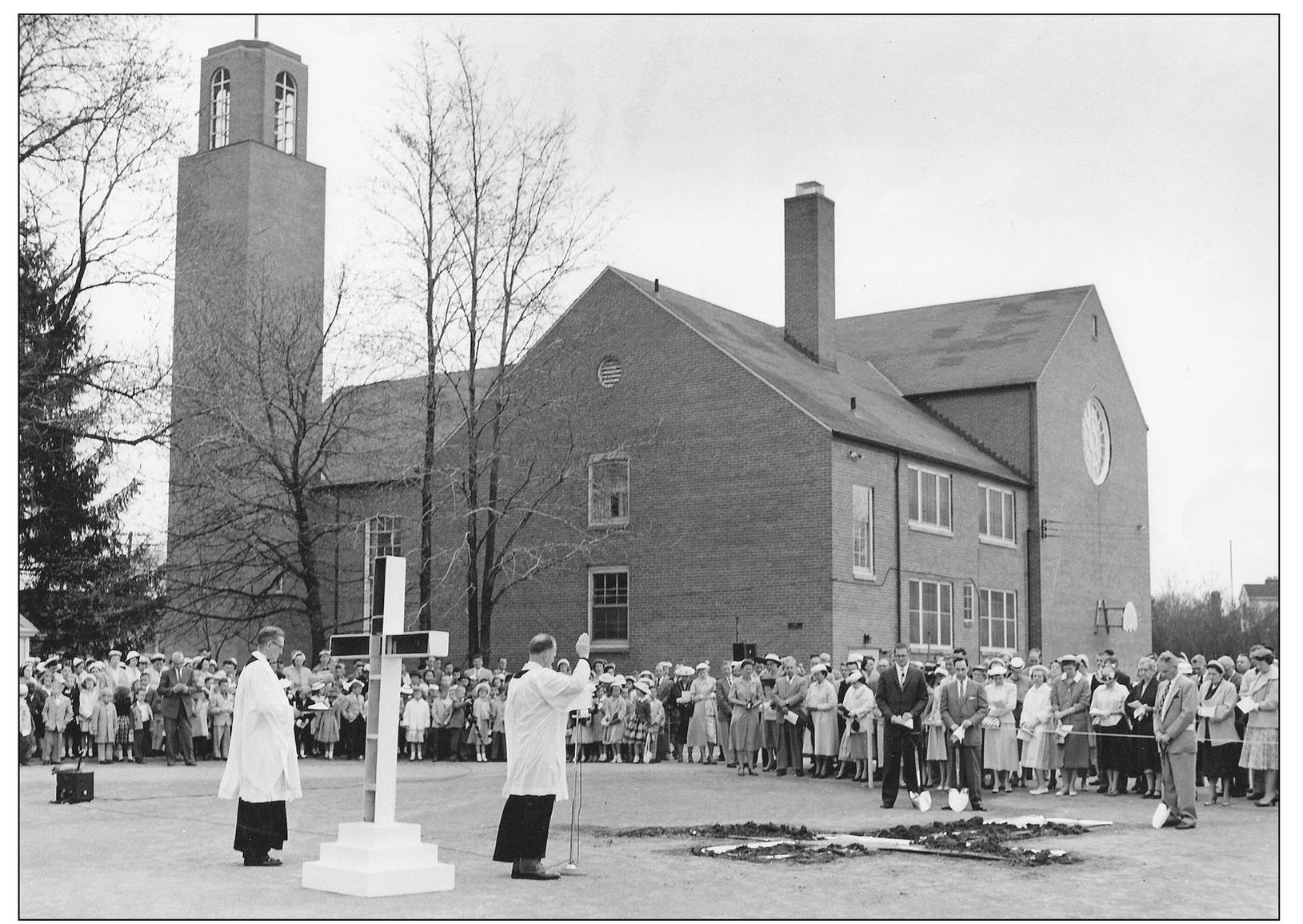
The Messiah Lutheran campus continued to expand as this ample crowd arrives for the August 1958 groundbreaking of the expanded school, which first opened in 1954. (Messiah Lutheran Church.)
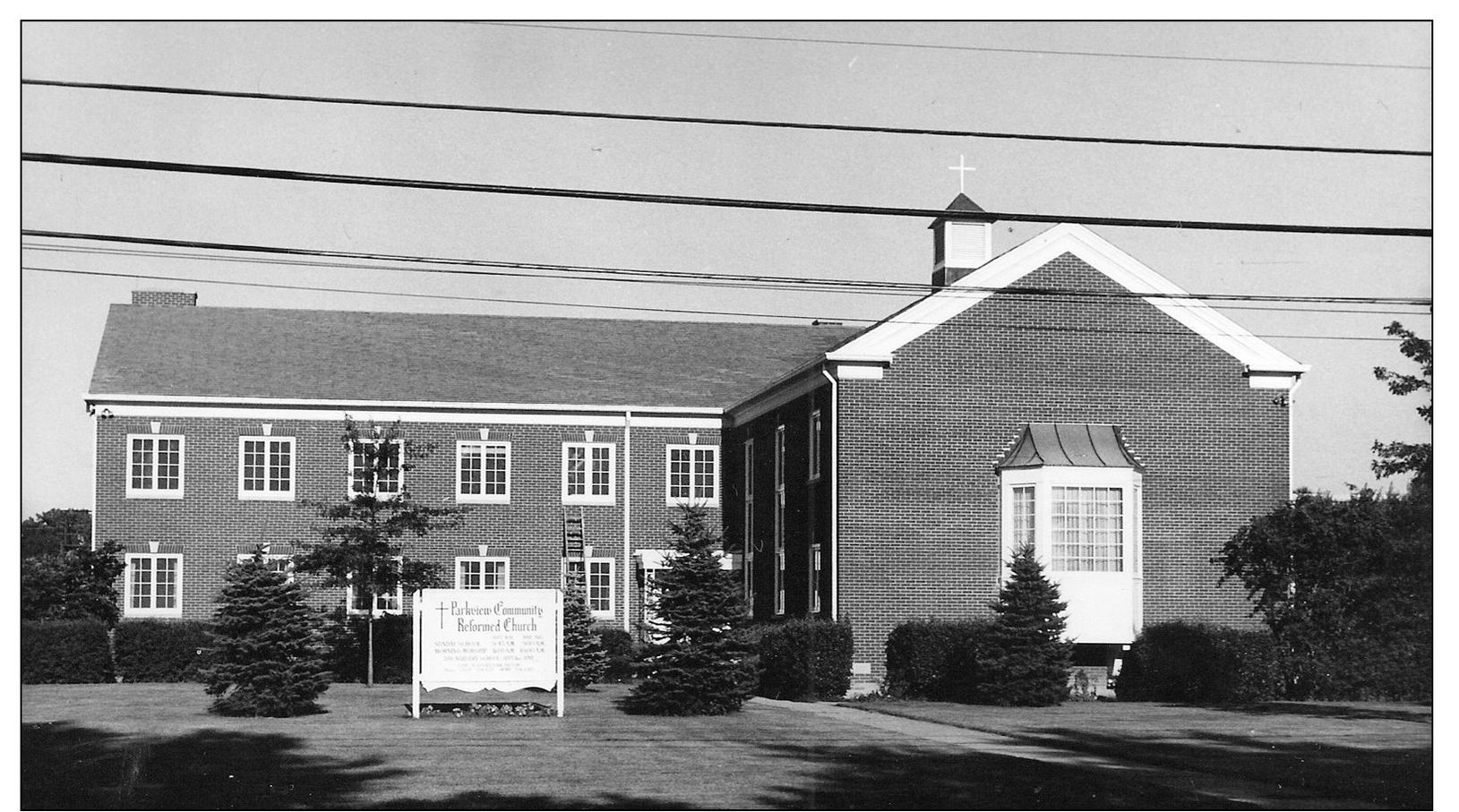
New Hope Church was originally built as Parkview Community Reformed Church and dedicated on April 29, 1960, when Parkview Village was still separate from Fairview Park. Before it was built, services were held in the Parkview Town Hall in 1954, until Parkview School opened in 1955. When Cleveland’s Riverside Church closed, it merged with Parkview to become New Hope Church in March 1992. (Fairview Park Historical Society.)
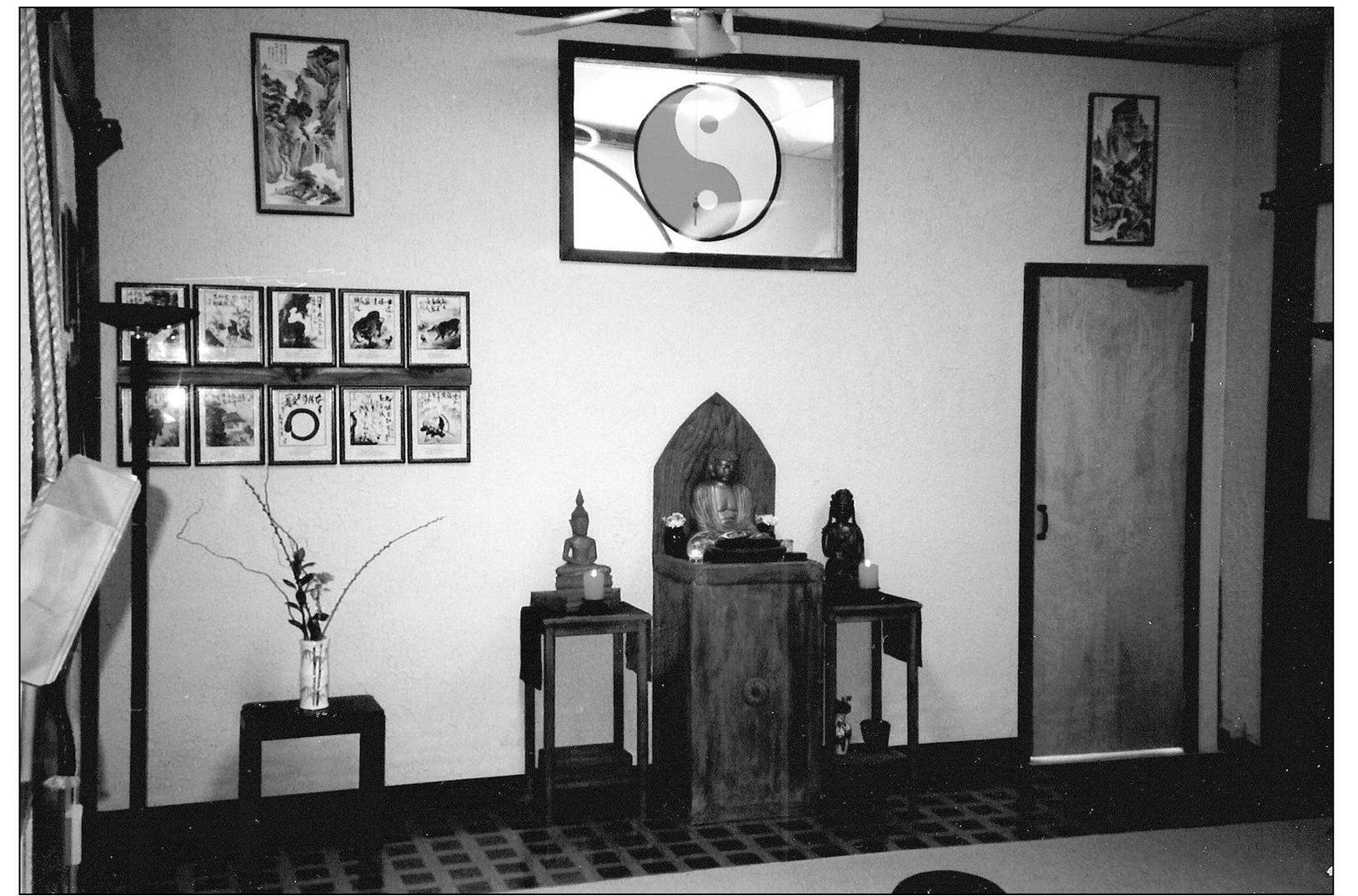
Fairview Park had a Buddhist temple for a few years in the late 1990s. Cloud Water Zendo was started by an American with the spiritual name of Ven. Shih Ying-Fa and grew into one of the most-respected centers of Buddhist thought in the Greater Cleveland area. The dawn of the 21st century brought a change in location to the West Park area. (Cloud Water Zendo.)